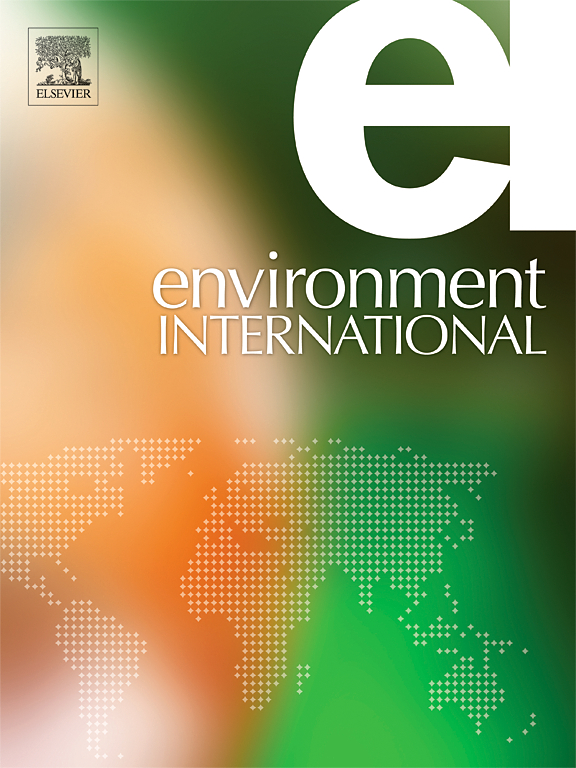Cédric Sueur, chercheur associé dans l’équipe de l’Anthropo-lab, Ethics a co-écrit dans le journal « Environment international »
« Micro urban spaces and mental well-being: measuring the exposure to urban landscapes along daily mobility paths and their effects on momentary depressive symptomatology among older population«
About the journal : Environment International is a multi-disciplinary, Open Access journal publishing high quality and novel information within the broad field of ‘Public and Environmental Health Sciences’.
Abstract :
The urban environment plays an important role for the mental health of residents. Researchers mainly focus on residential neighbourhoods as exposure context, leaving aside the effects of non-residential environments. In order to consider the daily experience of urban spaces, a people-based approach focused on mobility paths is needed. Applying this approach, (1) this study investigated whether individuals’ momentary mental well-being is related to the exposure to micro-urban spaces along the daily mobility paths within the two previous hours; (2) it explored whether these associations differ when environmental exposures are defined considering all location points or only outdoor location points; and (3) it examined the associations between the types of activity and mobility and momentary depressive symptomatology. Using a geographically-explicit ecological momentary assessment approach (GEMA), momentary depressive symptomatology of 216 older adults living in the Ile-de-France region was assessed using smartphone surveys, while participants were tracked with a GPS receiver and an accelerometer for seven days. Exposure to multiple elements of the streetscape was computed within a street network buffer of 25 meters of each GPS point over the two hours prior to the questionnaire. Mobility and activity type were documented from a GPS-based mobility survey. We estimated Bayesian generalized mixed effect models with random effects at the individual and day levels and took into account time autocorrelation. We also estimated fixed effects. A better momentary mental wellbeing was observed when residents performed leisure activities or were involved in active mobility and when they were exposed to walkable areas (pedestrian dedicated paths, open spaces, parks and green areas), water elements, and commerce, leisure and cultural attractors over the previous two hours. These relationships were stronger when exposures were defined based only on outdoor location points rather than all location points, and when we considered within-individual differences compared to between-individual differences.
Pour en savoir plus, cliquer ici



